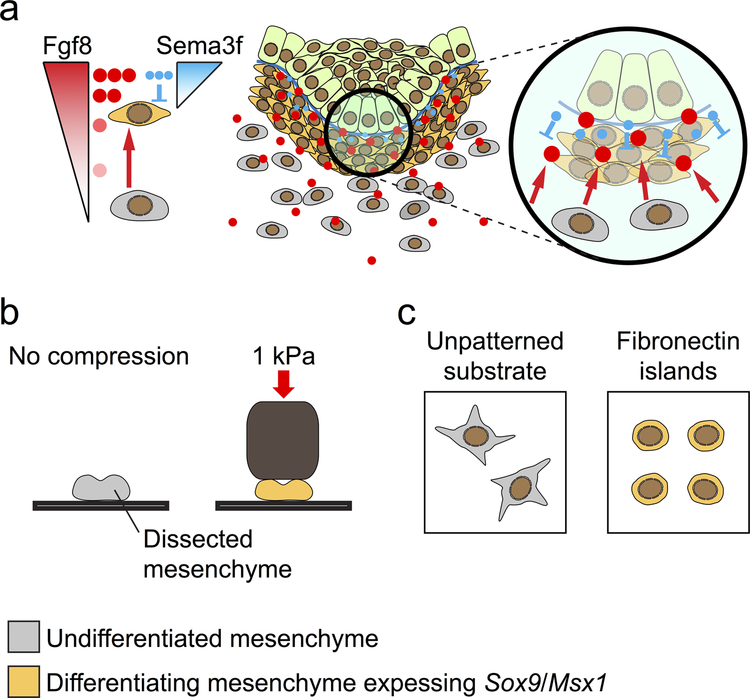Fig. 4. Mesenchymal differentiation is regulated by mechanical compression.
a) Dental epithelium secretes FGF8 and SEMA3F to induce mesenchymal condensation. FGF8 acts as a long-range chemoattractant (red arrows) to trigger directional movement of undifferentiated mesenchymal cells towards the epithelium. SEMA3F is a short-range repellant (blue blunted lines) and promotes further cell compaction around the invaginating dental epithelium. As a result, condensing mesenchymal cells are mechanically compressed and begin to express odontogenic markers, such as Sox9 and Msx1. b) Dissected mandibular mesenchyme can be induced to express odontogenic markers through direct mechanical compression. c) Restricting cell size by plating mesenchymal cells on micro-patterned fibronectin islands mimics mechanical compression and also results in the induction of Sox9/Msx1 expression.

